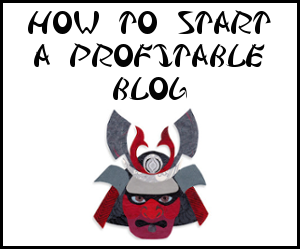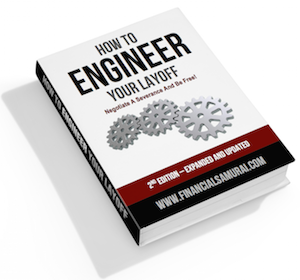“Oh my gosh, physics!” my friend exclaimed when she saw the textbook.
I smiled at her enthusiasm, and when she put the book down, I picked it up to see what all the excitement was. Gracing the pages were convoluted graphs with terrifying sinusoidal waves, as well as rows of equations with gibberish Greek letters alongside numbers and normal letters. The problems consisted of long winded scenarios attached to numerical values – word problems. My reaction was not “Oh my gosh, physics!” It was more like: What is this? This is ridiculous! I could never do this! Knowing that physics was on the course list for the math, science, and engineering (MSE) program I had enrolled in, I felt a prickle of dread.
Some of my earliest memories involve sitting at the kitchen table, a list of addition problems that my mother has concocted for me before my eyes. I frantically count numbers on my fingers. These are somehow supposed to help me divine the number that goes on the other end of the equal sign, except I’m not really sure how fingers are supposed to translate to sadistic squiggles. I proceed to cry tears of frustration. Addition later evolved into multiplication and long division, and then fractions, and then factoring, and a mess of mathematics. By the time I got into middle school, there were things called “word problems,” in which I had to set up the math by myself, and then science was thrown into the mix. These were my nightmare subjects, I much preferred nice school subjects with stories.
But I tackled the challenge of the MSE program, which found me up at midnight freshman year, as notebook paper filled with cardioids and roses on strange circular hand-drawn polar axes littering my floor. Then 1 AM in sophomore year, trying to decipher a maze of resistors and batteries and capacitors with my friends. V = IR. The equivalent resistance of resistors in series is the sum of the individual resistances. Together, we teased out the values we needed to solve the problems and went to sleep with our heads full of numbers. Finally, it was 4 AM in the summer of junior year, and I was in tears as I attempted to use the computer program to simulate how an AM radio worked. The screen was a sadistic web of squares and squiggles and x’s that were supposed to represent bandpass filters and multipliers (don’t worry, I didn’t know what those meant either), and I was supposed to “wake up” to go to class in three hours. I watched in despair as the screennames of my classmates fade away with a bidding of good night.
My brain shrieked and writhed with horror at all these attempts to push it. Sometimes it seemed that I was flailing vainly against a current of no-can-do, and yet I staunchly refused to let myself sink and be carried away. Eventually my brain came through. Today, I am a senior about to graduate successfully from a program that began with over 100 people and ended in 14. I am immensely proud of my ability to have pushed through, but more important that – somewhere along the way, I began to develop an actual appreciation for science. I learned how to understand and read a mathematical proof. I learned what an equation truly meant, how science worked. I learned the right way to learn science and math.
There is something wonderful in the way one simple equation of numbers and letters, discovered by closely examining a simulated microcosm of the world, can expand to perfectly describe and capture processes of the far-reaching universe; something absolutely gorgeous in the logic used to reach theoretical conclusions that go on to drastically alter our lives in the tangible world. The theory, how scientists work to explain extraordinary phenomena in the most concise way possible – using numbers and mathematics – is something that I have come to revere and admire, despite the fact that I had begun my study of physics with the mantra I hate math and science, despite the fact that my respect and loyalty had always been to language and the humanities.
To me, success isn’t about external measurements; it’s what we achieve internally. It’s about setting goals and reaching them, no matter the obstacles in the way. I believe that persistence is the key to success, because life, and any projects that we undertake in life, is full of hardships – mud. Sometimes we get stuck in the mud, and all we can see is mud, everywhere. I believe that successful people realize that mud is inevitable and decide to stare it right in the face and push through at all costs. There is much success to be had, but it isn’t had when we get bogged down and wallow around in the mud. It takes work, nitty gritty un-fun persistent work, to be able to reach the happiness and success that everybody desires – but we often forget that. We get caught up in failure, psyched out and discouraged, and trap ourselves in the mud so that we never reach that happiness on the other side. We forget that failure is only part of the road, that its presence is natural, and that it is how we address failure that determines our success, not failure’s inherent presence. It’s about persistence and indomitable spirit. For a musician, the daily practice at the instrument. For an artist, the constant honing of artistic technique. For a writer, incessant revising. For athletes, getting out onto the field and training for hours on end. For me – the slaving away until late hours of the night, with a pencil and paper and calculator; filling the papers with swirls of numbers and equations until I reach the correct answer, until I understand the method. After we understand the methods, the techniques, we infuse them with passion and love and deep understanding, and then we blossom and grow. This is success.
Oh my gosh, physics!





Congrats on sticking with the MSE program. I remember how difficult physics was when I took it in HS. I found it interesting but so tough. It was the hardest B- I ever earned!